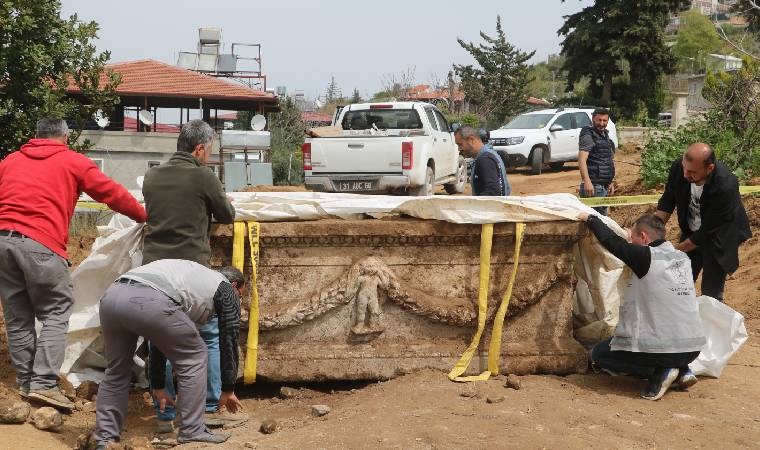
Sarcophagus found during electricity cable renewal work in Hatay
A sarcophagus was found in Hatay, which was destroyed by a major earthquake in February last year, during the renewal work of the electricity cables started by the energy company. Thanks to the meticulous work of the workers, the sarcophagus was removed without damage and taken under protection by the Hatay Museum archaeologists. Mythological objects
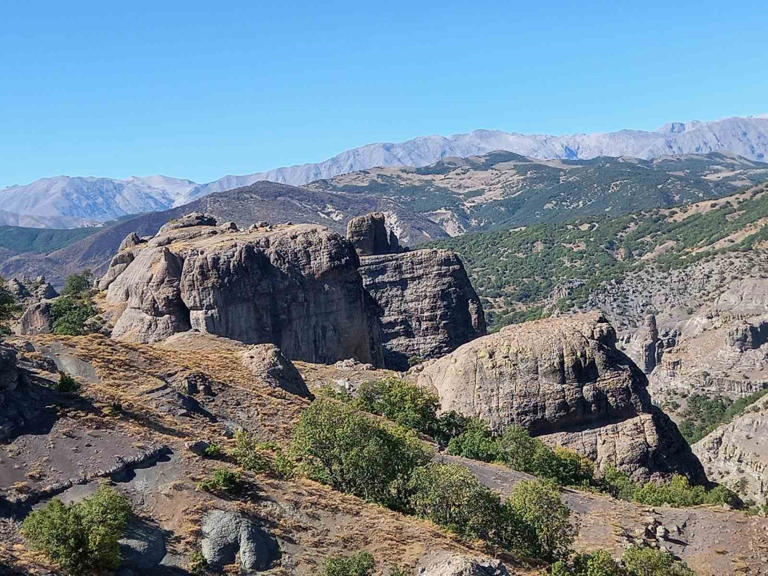
Two open-air temple thought to belong to the Urartians discovered in Tunceli
Archaeologists have discovered two separate open-air temple, one in the easternmost and the other in the westernmost part of Tunceli province. The discovery was made by Assoc. Prof. Dr. Serkan Erdoğan, Head of the Department of Protohistory and Prehistoric Archaeology, Department of Archaeology, Faculty of Arts and Sciences, Faculty of Arts and Sciences, Yozgat Bozok
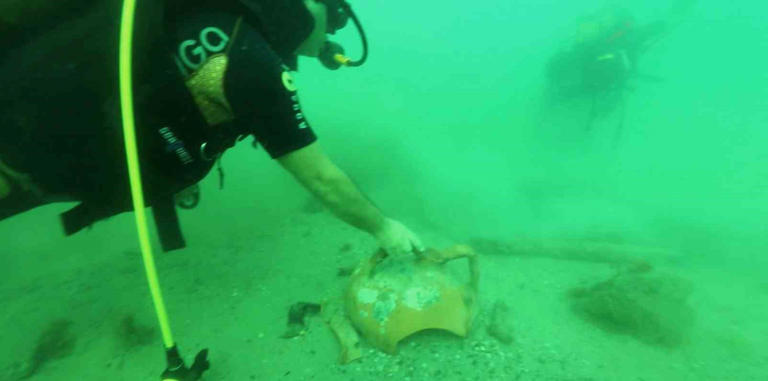
2400-year-old artifacts found in the Black Sea’s first scientific underwater excavation
The first scientific underwater excavation of the Black Sea was carried out in Kerpe Bay. Dozens of historical artifacts dating from the 4th century BC to the 12th century AD were unearthed. Kerpe is a small settlement on the western Black Sea coast of Kandıra district of Kocaeli province in northern Turkey. Kerpe was known

1800-Year-Old Roman Theater in Iznik Restored
The Iznik Roman Theater, a 2nd-century structure built during the Roman Empire, has been fully restored after extensive renovations. The theater, located in the Iznik district of Bursa, Türkiye, is one of the best-preserved Roman theaters in the country. The Iznik (Nicaea) Theater was built by the Roman Emperor Trajan for the historian and writer

The arrival of spring in the Hittites was celebrated with the Purilli Festival
Spring is a season of abundance, fertility, and the beginning of new lives for humans, and it is a season with many meanings. Therefore; the arrival of spring was welcomed with celebrations, feasts and sacrificial ceremonies. Celebrations differed according to the geography of the people. Each society celebrated the arrival of spring according to its

Found evidence that Ötzi the Iceman’s tattoos were done using a single-ended tool
A new discovery has been made about how the 5,300-year-old mummy known as Ötzi the Iceman, found frozen in the Alps, was tattooed. Scientists have found evidence that Ötzi’s 61 tattoos were made using a single-ended tool. The results of the study, conducted by an international team of archaeologists, historians and tattoo artists, were published
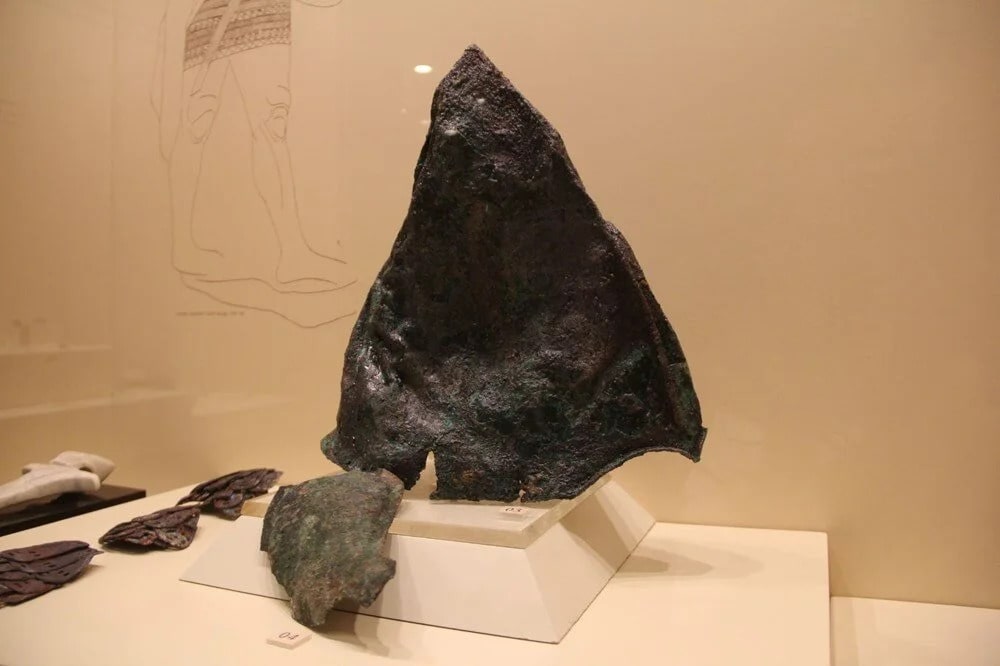
A rare 3,300-year-old bronze helmet from the Hittite Empire is on display at the Çorum Archaeology Museum
The 3,300-year-old bronze helmet unearthed during the excavations carried out in 2002 at the ruins of Şapinuva, one of the important cult centers of the Hittite Empire, is among the rare artifacts that have survived from the Hittite period. The Hittite bronze helmet discovered during excavations at the ruins of Şapinuva in Ortaköy district of
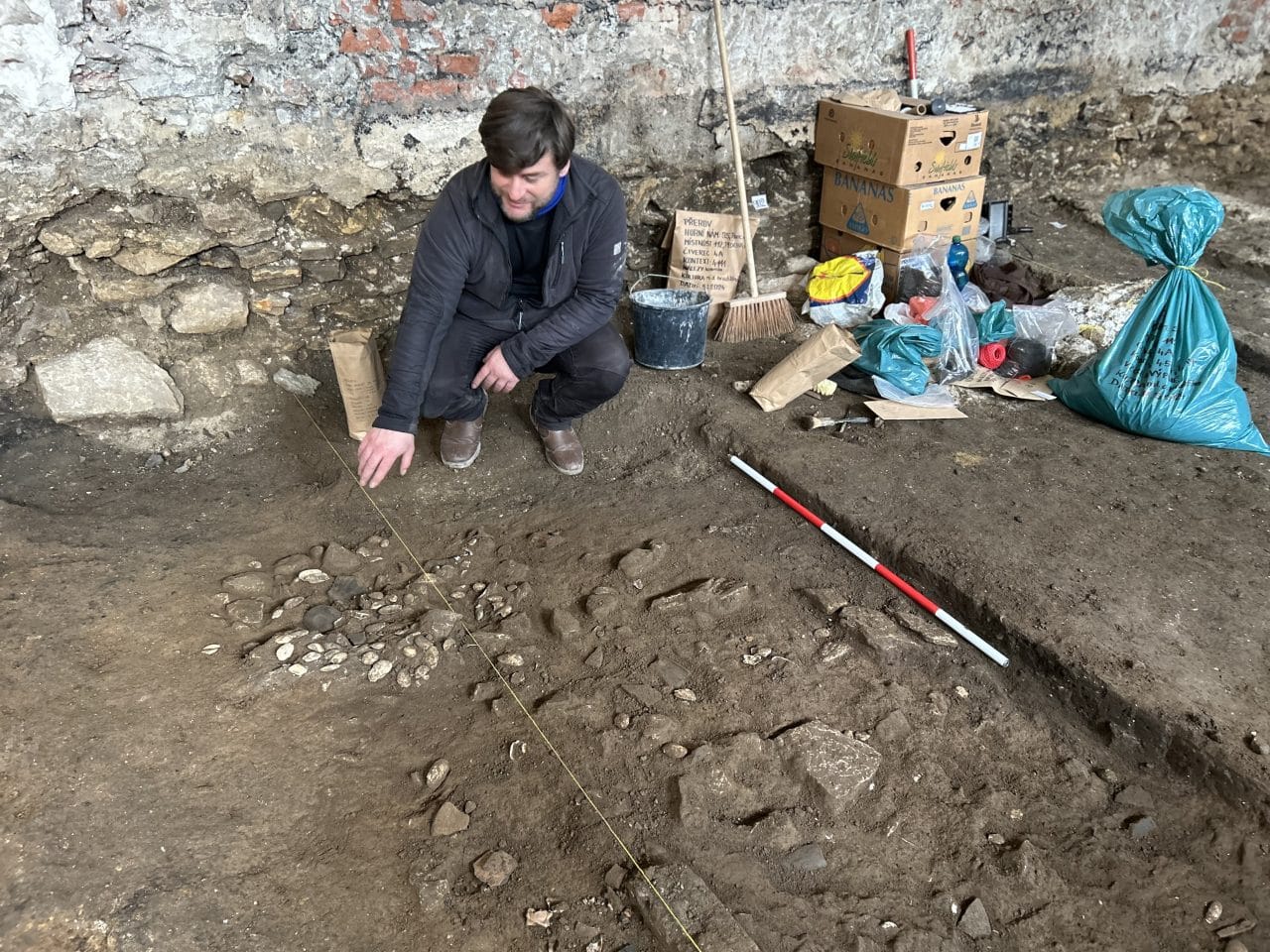
Archaeologists find 1,000-year-old bone skate
Archaeologists have discovered a 1,000-year-old bone skate in Přerov, Czech Republic. The find is seen as evidence that people in the region practiced winter sports in the Middle Ages. The skate was found during an archaeological excavation in the historic center of Přerov. The excavation is being carried out by archaeologists from the Přerov Museum
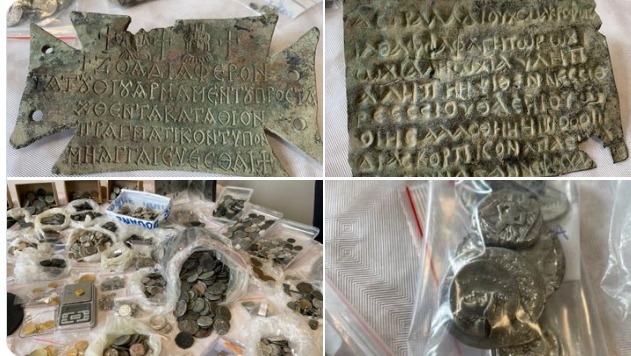
France will return 8,659 historical artifacts seized to Turkey
Minister of Culture and Tourism Mehmet Nuri Ersoy announced on social media that 8,659 historical artifacts seized in France will be returned to Turkey. “We are getting back 8,659 of our artifacts seized in France! It all started in 2019 when the Anti-Smuggling Department of our Ministry detected a large number of coins of Anatolian

Greek archaeologists find 5,000-year-old shipwrecks in the Aegean Sea
Archaeologists in Greece have made an exciting discovery near the island of Kasos, located in the southern Aegean Sea. Kasos (Greek: Κάσος), mentioned in Homer’s Iliad, is an island southwest of Crete and northwest of Karpathos. Since 2019, the National Hellenic Research Foundation research team, working in collaboration with the Ministry of Culture, has discovered
